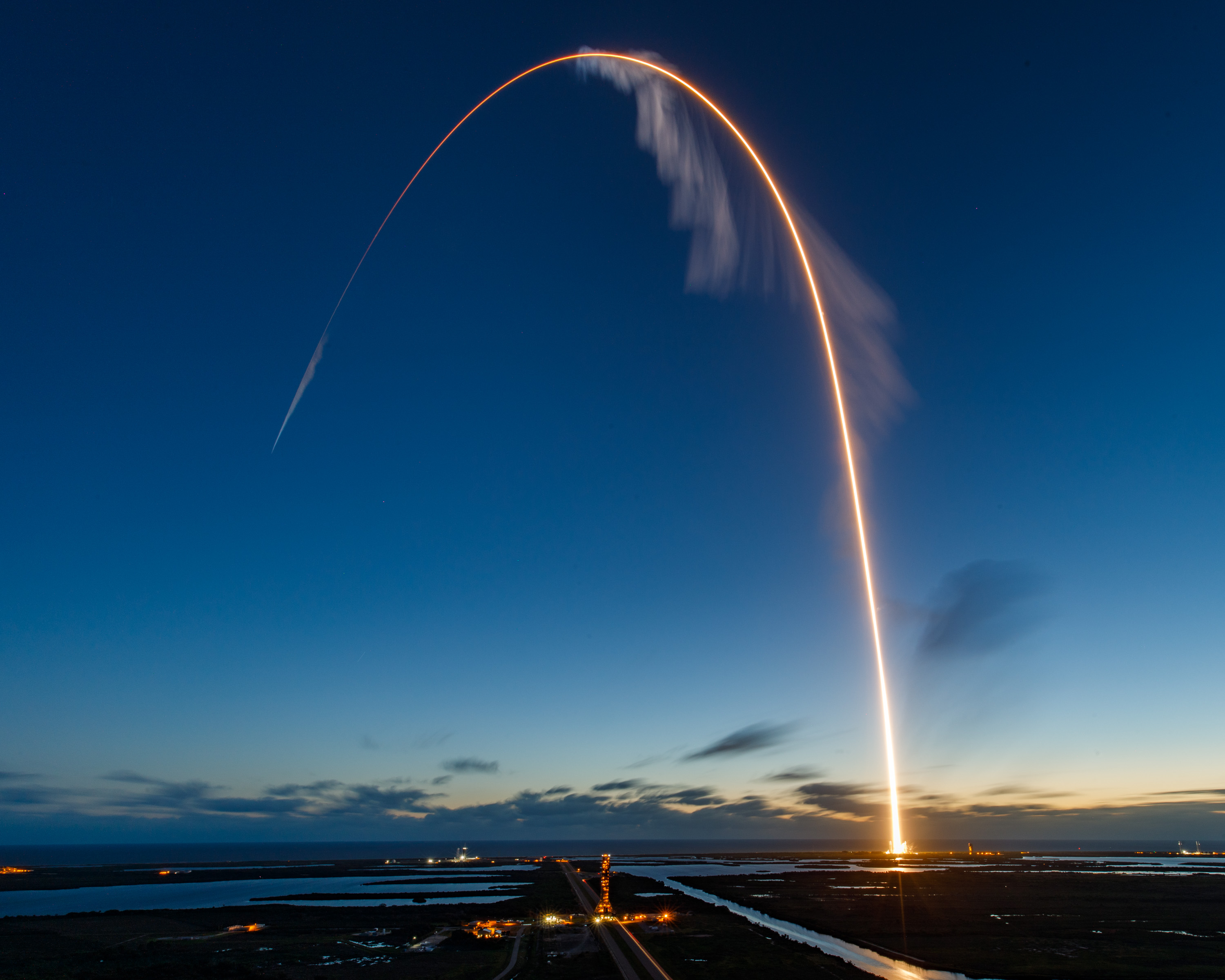Boeing’s Starliner won’t make it to the ISS now because its internal clock went wrong

Boeing’s CST-100 Starliner launched into space for the first time today, but the spacecraft failed to make it into a stable orbit that would allow it to rendezvous with the International Space Station.
What happened: An Atlas V rocket safely carried Starliner into space from Cape Canaveral Air Force Station on Friday, but the capsule had an anomaly with its internal system timer. After Starliner separated from the Atlas V rocket, it believed it was in a different segment of the mission than it really was. Instead of executing an engine burn to get into its target orbit, Starliner ended up doing a different burn designed to maintain control and precision. The spacecraft burned too much fuel, which will make it too difficult for NASA and Boeing to attempt to dock with the ISS.
Coming home early: NASA attempted to send commands to the spacecraft to rectify the situation, but mission control found itself in a signaling blind spot when it came to accessing the communications satellites in orbit. Once communications were reestablished, the team on the ground decided it would be more prudent to stabilize the spacecraft into a safe, optimal orbit for reentry.
Any astronauts on board could have taken action to override the automation and get the spacecraft into its proper orbit, says NASA astronaut Nicole Mann, who is slated to fly aboard Starliner for its future crewed test flight. NASA administrator Jim Bridenstine echoed those sentiments at a post-launch press conference Friday, telling reporters that had this been a crewed mission, “our crew would have been safe.”
Next steps: Boeing and NASA still have no clue why Starliner’s timer was off, and that’s something they’ll be studying intensely over the next several days. Although they cannot test Starliner’s ability to dock safely with the ISS, they will still be ensuring that the spacecraft is functioning properly during its time in orbit, and determining what mission objectives can still be met with the remaining propellant on board. The plan for now is to return Starliner to Earth Sunday morning, to its original planned landing spot in the White Sands desert in New Mexico.
Time line? Bridenstine says it is too early to determine whether Starliner will need to go through another uncrewed test flight, or how this will affect the time line for the commercial crew program. He did emphasize that he does not think Starliner’s problems will affect SpaceX’s development of Crew Dragon, the other vehicle NASA will use to send astronauts to the ISS. Crew Dragon, which went to the space station in March, is scheduled to undergo a pad abort test in January as the final checkmark before its first crewed flight sometime in 2020.
Deep Dive
Space
The search for extraterrestrial life is targeting Jupiter’s icy moon Europa
NASA’s Europa Clipper mission will travel to one of Jupiter's largest moons to look for evidence of conditions that could support life.
How to safely watch and photograph the total solar eclipse
The solar eclipse this Monday, April 8, will be visible to millions. Here’s how to make the most of your experience.
How scientists are using quantum squeezing to push the limits of their sensors
Fuzziness may rule the quantum realm, but it can be manipulated to our advantage.
Stay connected
Get the latest updates from
MIT Technology Review
Discover special offers, top stories, upcoming events, and more.